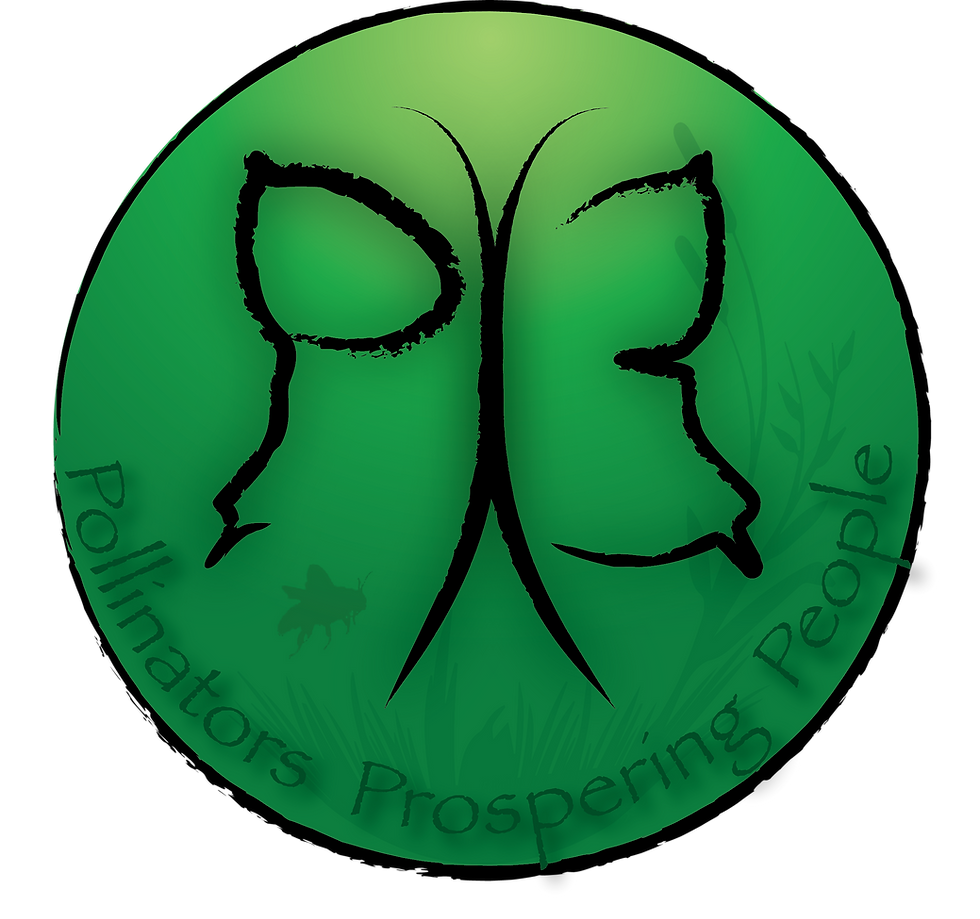Not Just a Tasty Treat
- PX3 Team

- Jun 24, 2020
- 3 min read
M. Fegler
The path that led to PX3’s inception was a desire to support sustainable ecological services. After many years in the field it became apparent that pollinators very well may be the most valuable player in autogenic system success. Blah, Blah, Blah…..what does that mean?
Pollinators are in every step of the above ground food chain. Whether they are feeding on pests, i.e. wasps, or being fed on does not make these garden friends any more special than most. The real art these critters are responsible for is in pollination and those that are good at it are as vital as the ecological services those particular ecosystems, i.e. wetlands, perform for people.
Not to get everyone hungry, but let’s go back to the food chain. Caterpillars can be any Lepidopteran (moths, skippers, butterflies); thanks Jen Muro for your awesome blog on how to tell the difference. In the wild world 95% of birds feed their baby birds caterpillars. Of course this is why some, i.e monarch and swallowtail butterflies, have taken to eating habits that make them unpalatable, nauseating, or in some cases dangerous. Below you see some of the tactics caterpillars use to protect themselves.
The term ‘you are what you eat’ becomes very simplified in a typical food chain and this no different with the Lepidopteran family. Think about the diet of the bee which is high in nectar and pollen, aka sugar and dough. If humans ate like a bee we would be diabetic in no time. Bees are essentially flying sugar cookies, so naturally they are a favorable meal. We will later talk in length about the myth of the stinging bee, but they are not as scary as one might think and can be snatched in flight, as grubs, or while dining on more sugar and dough.

If you consider the typical natural area as it’s very own grocery store then it pulls together the realization that we humans are not special. Pollinators are responsible for the seed bearing option of plants in every ‘grocery store’ not just the ones people eat from. Fruits of a plants' labor are the main part of many species diets and the point of the fruit does not end there. Plants do not produce fruit as their in-kind donation to the world intentionally, just as bees do not pollinate as an intentional service to the world. Fruit contains seeds and seeds are future plants and the story goes round….

This leads to part of why PX3 exists. Let’s consider the wetland ecosystem for a moment. A typical wetland is worth billions in ecological services that benefit humans. Understanding that structure always equals function it becomes clear that the plants of a wetland are responsible for water quality, flood control, sediment retention, pollutant and nutrient sequestration. A wetlands value does not end there but is also an important nursery habitat to recreational and economic fish and waterfowl. How do the plants survive generation after generation? A few ways but we’ll talk just about a very important one; pollinated seeds. PX3 is in league with the Chesapeake Bay National Estuarine Research Reserve (CBNERR), USGS Bee Lab run by Sam Droege, and Jug Bay Wetlands Sanctuary in a study to determine exactly what the pollinators are found in a fresh tidal estuary , how do they share space with adjacent ecotones, and what exactly is the degree they are involved with the wetland plant service success. The next time you are in a wetland (or if you have not been to one to GET one) think of all the tiny creatures you can't see, working hard for people.

The big picture is beautiful and PX3’s hope is to help you see it and be part of it. Thanks for reading.
.png)














Comments